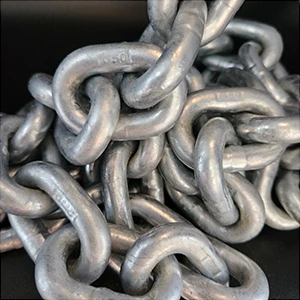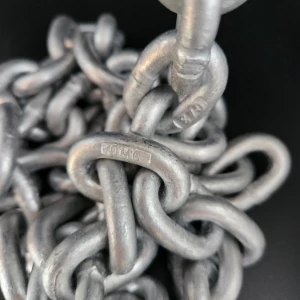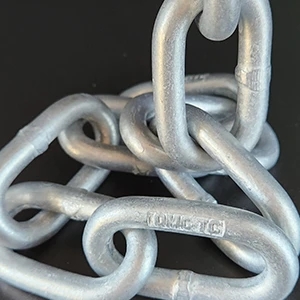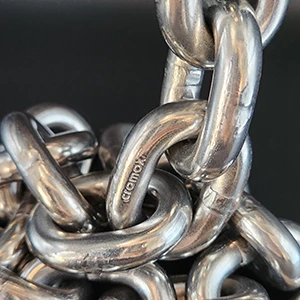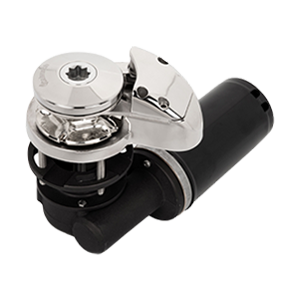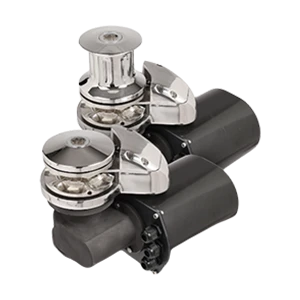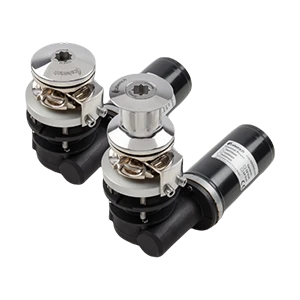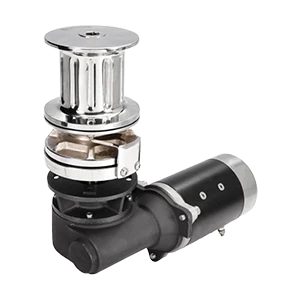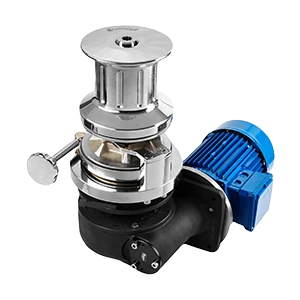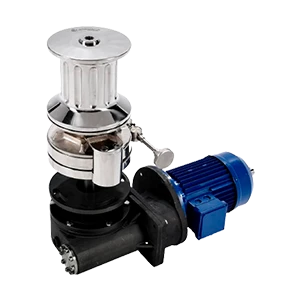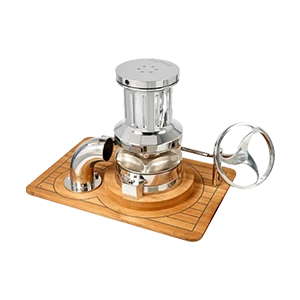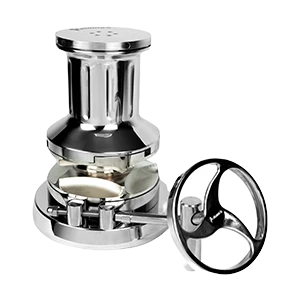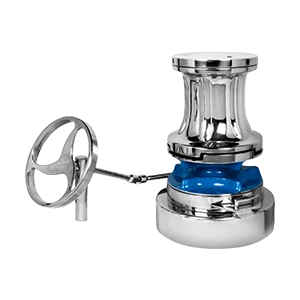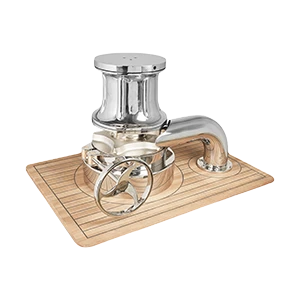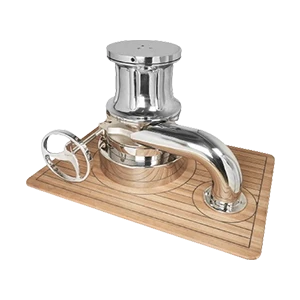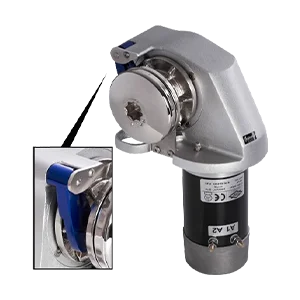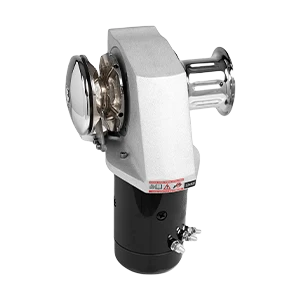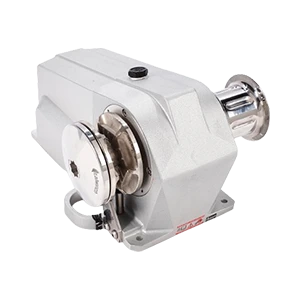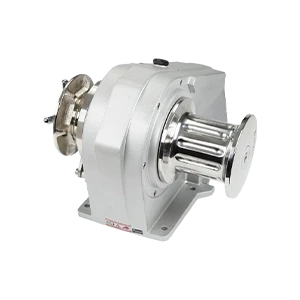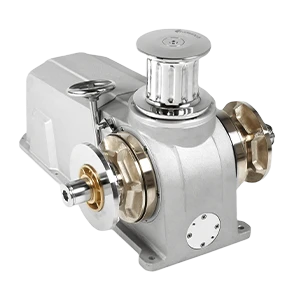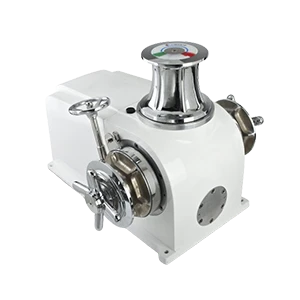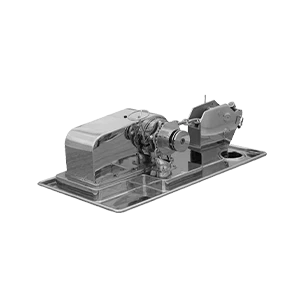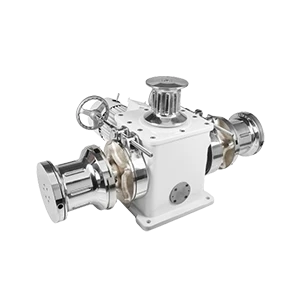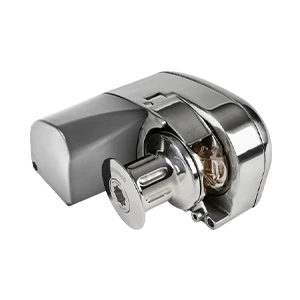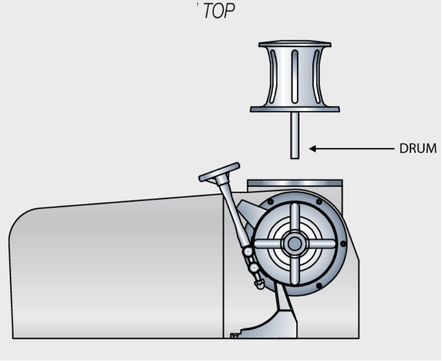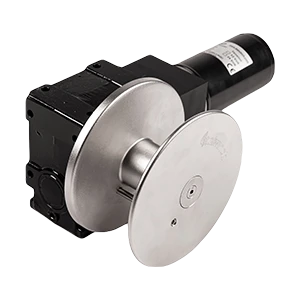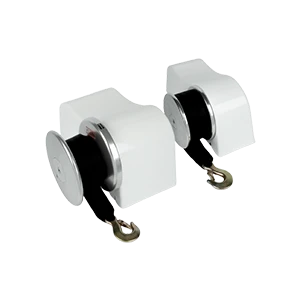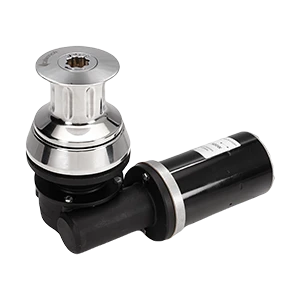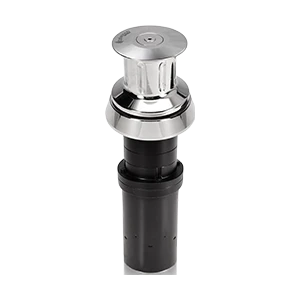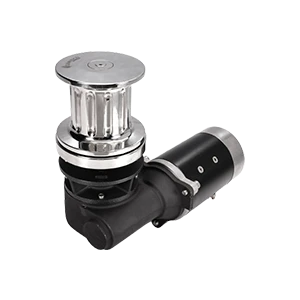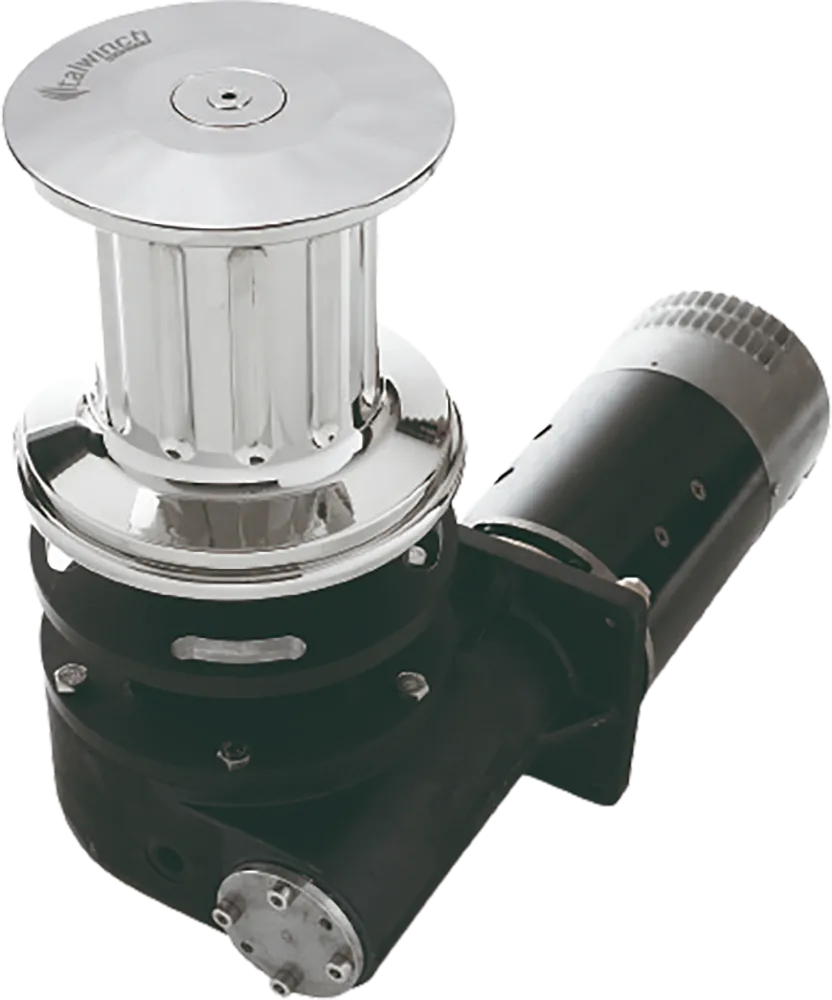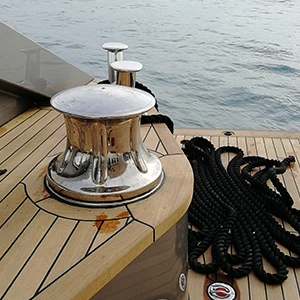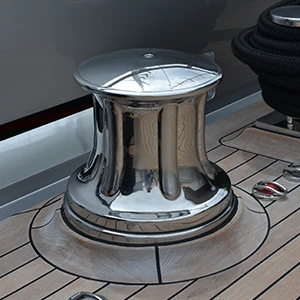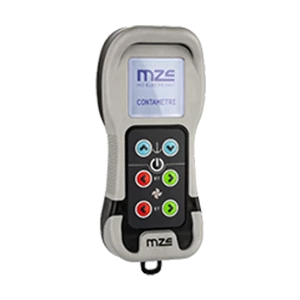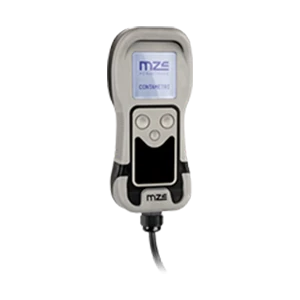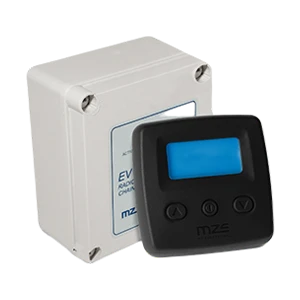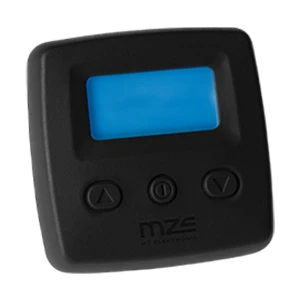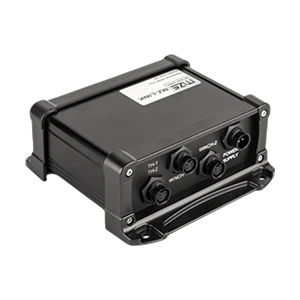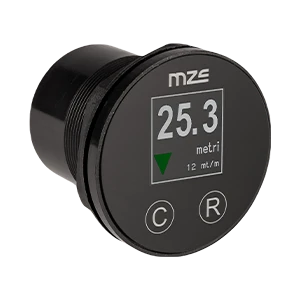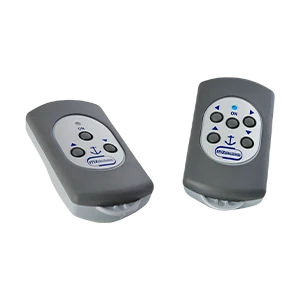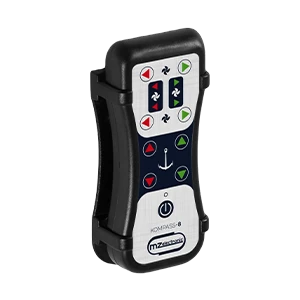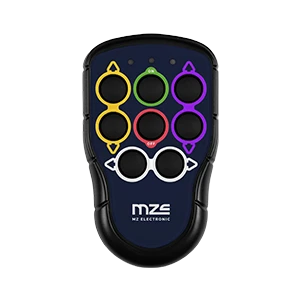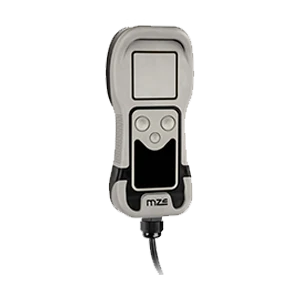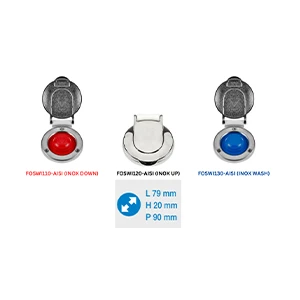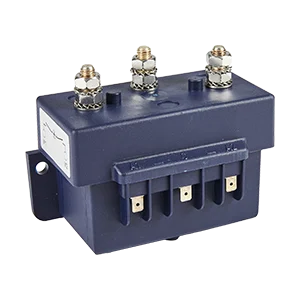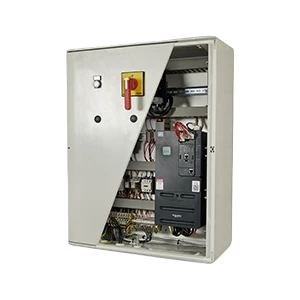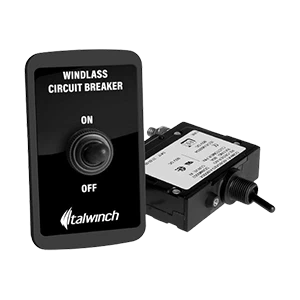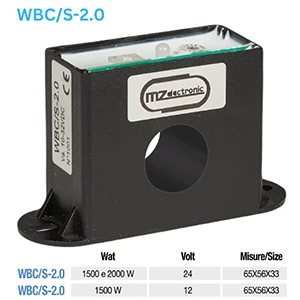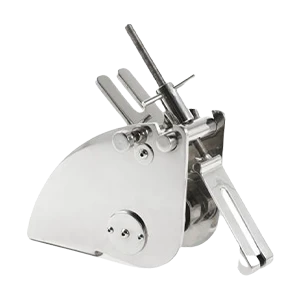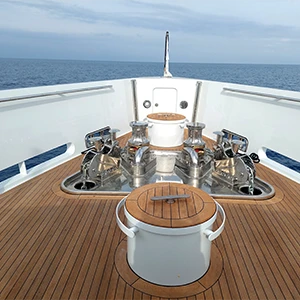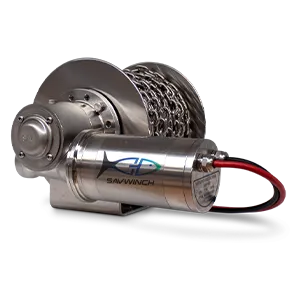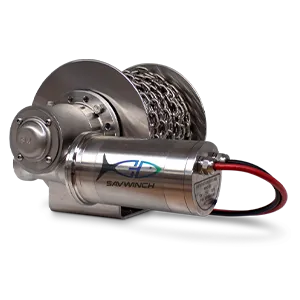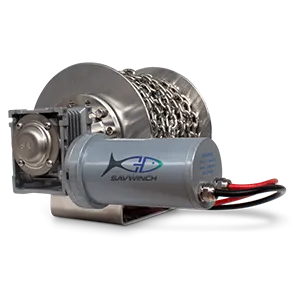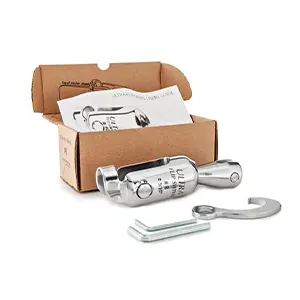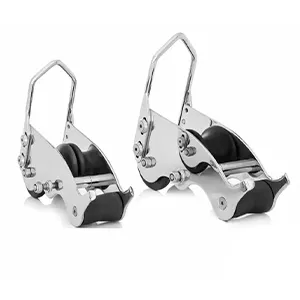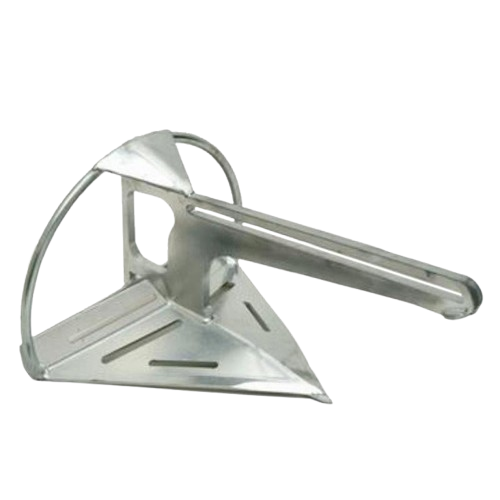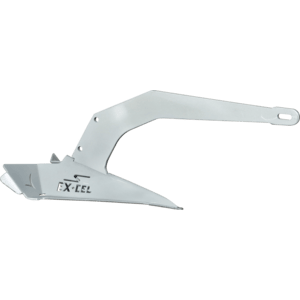Ten Top Tips for Anchoring Your Boat
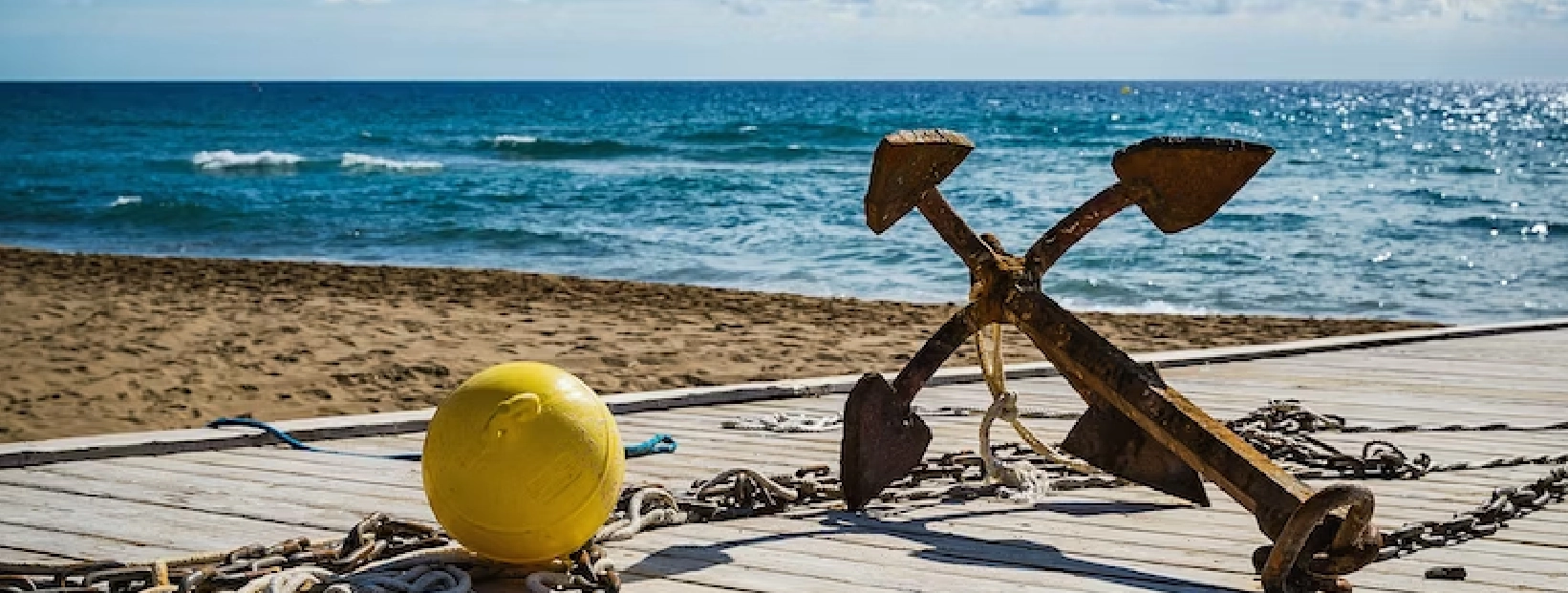
Ten Top Tips for Anchoring Your Boat
Anchoring your boat can be a challenging task, especially for new boaters. However, with the right knowledge and skills, it can be done with ease and confidence. Here are ten top tips for anchoring your boat:
Choose the right anchor: The first step in anchoring your boat is to choose the right anchor. There are different types of anchors available, including Plow anchors, Danforth anchors, Bruce type and many others. The type of anchor you choose will depend on the size of your boat, the type of bottom you are anchoring in, and the conditions you will be facing.
Choosing high-quality marine grade anchor chain is critical for the safety and security of your vessel. A substandard chain can result in anchor failure, which can lead to drifting or grounding, causing significant damage to your boat, jeopardizing the safety of the crew, and leading to costly repairs.
Know your boat's weight: Understanding your boat's weight is crucial when choosing the right anchor and marine chain. The weight of your boat will determine the size and weight of the anchor and chain you will need to securely anchor your boat.
Check the weather: Before anchoring your boat, it's important to check the weather forecast. Strong winds, waves, or currents can make anchoring challenging and dangerous. Always be aware of the weather conditions before anchoring your boat.
Find the right spot: When anchoring your boat, it's essential to find the right spot. Look for a sheltered area with calm waters and enough space for your boat, and plenty of swing room. Also, make sure the area is free of any underwater obstructions or hazards.
Calculate the scope: The scope is the length of anchor chain to the water's depth. Generally, the scope should be at least 5:1, meaning five Metres of anchor rode for every one Metre of water depth. However, in rough weather, you may need to increase the scope.
Set the anchor and drop it slowly to avoid tangling: Once the anchor has settled on the bottom, set it by gently reversing your boat's engine. This will help the anchor dig into the bottom and hold your boat securely in place.
Use a backup anchor: It's always a good idea to have a backup anchor in case your primary anchor fails or you need additional holding power in rough conditions.
Check your anchor regularly: While anchored, check your anchor regularly to ensure it's holding securely. If you notice any movement, you may need to reset the anchor or add more scope. This can also be relative to tidal flow and tidal range.
Practice, practice, practice: Anchoring your boat can take practice, especially in different conditions. Practice anchoring in different types of bottoms, currents, and weather conditions to build your confidence and skills.
In conclusion, anchoring your boat requires careful consideration of several factors, including the type of anchor, your boat's weight, weather conditions, and the location you choose. By following these ten top tips, you can anchor your boat safely and confidently, ensuring a successful boating experience

